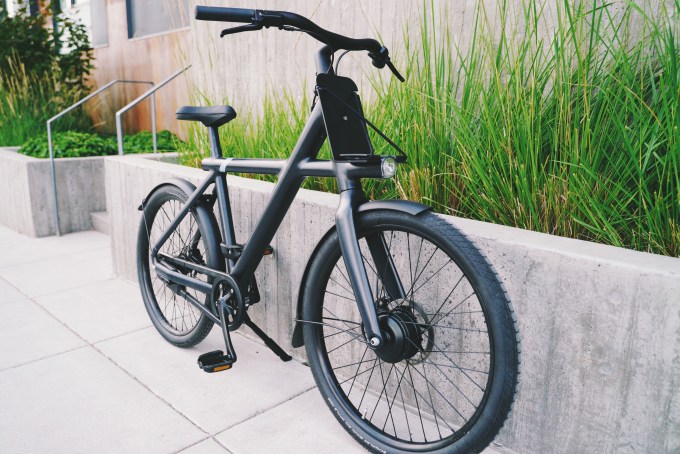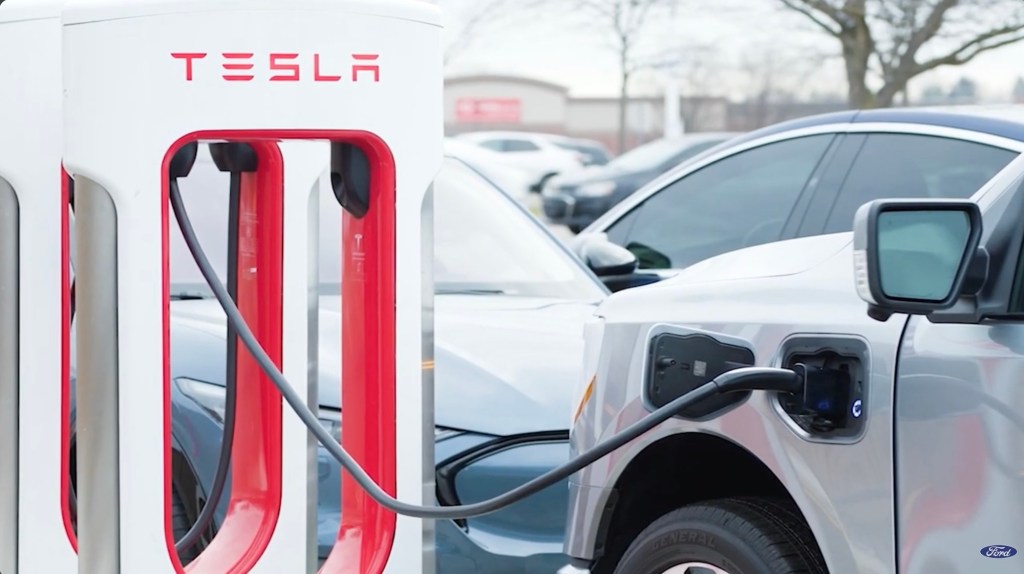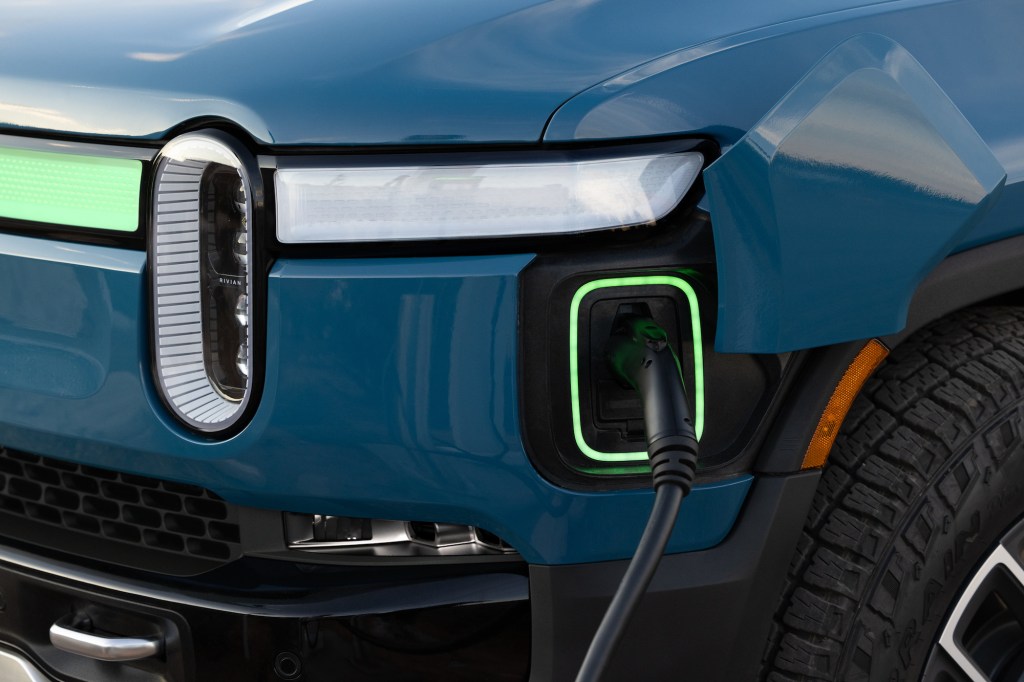
Eighteen months ago, Ford triggered a transformation when the U.S. automaker locked in a deal to give owners of its EVs access to the Tesla Supercharger network.
In a stunning shift, automaker after automaker — from GM and Hyundai to Rivian and Mercedes — followed suit. By the end of 2023, nearly every major automaker had agreed to adopt Tesla’s North American Charging Standard (NACS) and promised EV owners that adapters would soon be on their way.
Most non-Tesla customers are still waiting. However, GM’s recent announcement may provide an electric lining of optimism.
EV owners of GM vehicles like the Chevrolet Silverado EV and Cadillac Lyriq will now officially have access to Tesla’s Superchargers. All GM EV owners need to do is purchase, and wait for, the GM-approved adapters that will allow their cars to charge on Tesla’s ports.
More may soon follow. TechCrunch is tracking which brands have access to the Tesla Supercharging Network and will be updating this list.
The shift to the Tesla EV charging standard
In November 2022, Tesla shared its EV charging connector design in an effort to encourage network operators and automakers to adopt the technology and help make it the new standard in North America. At the time, every other automaker was using the Combined Charging Standard (CCS) in North America.
Mass adoption seemed unlikely at the time even though Tesla’s charging network was considered far superior thanks to its robust and user-friendly design and the ease of paying for the EV juice.
Six months later, Ford became the first to announce it would work with Tesla in a deal that would give its customers access to more than 12,000 Superchargers across the U.S. and Canada. But it wasn’t just about giving Ford EV owners access to a special adapter. Ford also committed to integrating its future EVs with NACS ports instead of CCS.
Rivian, GM, BMW, Honda, Hyundai, Volkwagen, Porsche, Audi, Hyundai, Kia, Lucid, and Stellantis followed.
Tesla charging FAQs
In the U.S. today, there are 36,499 NACS ports available publicly (although some of those might be from other EV charging companies that have adapted Tesla’s standard), compared to around 16,925 CCS ports. That’s despite federal dollars that have gone explicitly to the buildout of CCS chargers.
For EV owners stuck with a CCS port, they’ll have to hold out for manufacturer-approved adapters. While there are some third-party adapters that claim to be compliant with certain safety and performance standards, like Lectron’s Vortex Plug for $199, Tesla’s website says such adapters are prohibited.
A GM spokesperson told TechCrunch its adapters have been specifically designed to protect GM EV batteries while charging and that its vehicle warranty doesn’t cover damage to vehicle parts resulting from the use of non-GM approved adapters.
In late August, Tesla posted on X that it had ramped up production of adapters. That statement, combined with GM’s announcement, could mean that even more non-Tesla EVs will be pulling up to Supercharger stations soon. They’ll all have to download the Tesla app so they can pay for charging.
Tesla supercharging access checklist
Ford
Certain Ford customers officially gained access to Tesla Superchargers in February, but ongoing supply constraints have delayed the delivery of free fast-charging adapters for most customers (although Ford says the delays have affected “some” customers).
Current owners of the Mustang Mach-E and Ford F-150 Lightning who have yet to order their adapter can do so through their Ford Pass app. The deadline to apply for a free adapter is September 30.
General Motors
As of September 2024, GM has finally updated the software on its Chevy, Cadillac, and GMC EVs so customers can use Tesla’s Superchargers. If they want access soon, they need to purchase a “GM approved” adapter through their app for $225.
GM wouldn’t say how long shipping would take. A GM spokesperson said the company already has an inventory of the adapters and that it’s worked with multiple suppliers to manufacture the approved NACS DC fast-charging adapters.
From 2025 onward, GM’s EVs will be built with the NACS charge port.
Kia
Kia announced in September its plans to give EV owners access to NACS chargers starting January 15, 2025. And they’re using the announcement as something of a promotion.
Kia said customers who buy a new 2024 EV6 or 2024 or 2025 EV9 SUV from September 4, 2024 will get a free adapter mailed to them in early 2025, if there’s enough supply. Existing Kia EV6, EV9, and Niro EV customers who took delivery before September 4 will have to buy an adapter from a dealer “at a later date.”
Rivian
EV startup Rivian officially got access to 15,000 Superchargers across North America on March 18, 2024. At the time, Rivian promised to begin sending adapters to customers starting in April. A Rivian spokesperson told TechCrunch the automaker began delivery this spring and continues to ship adapters as quickly as it receives them.
As of September 2024, Rivian said that customers who order a new vehicle will have an adapter shipped to them automatically when they take delivery. Customers will receive the adapter within seven to 10 business days. The EV-maker also promised that those who already own a Rivian and are still awaiting an adapter will receive one at no cost by the end of January 2025.
TechCrunch will update the list as automakers gain official access.






